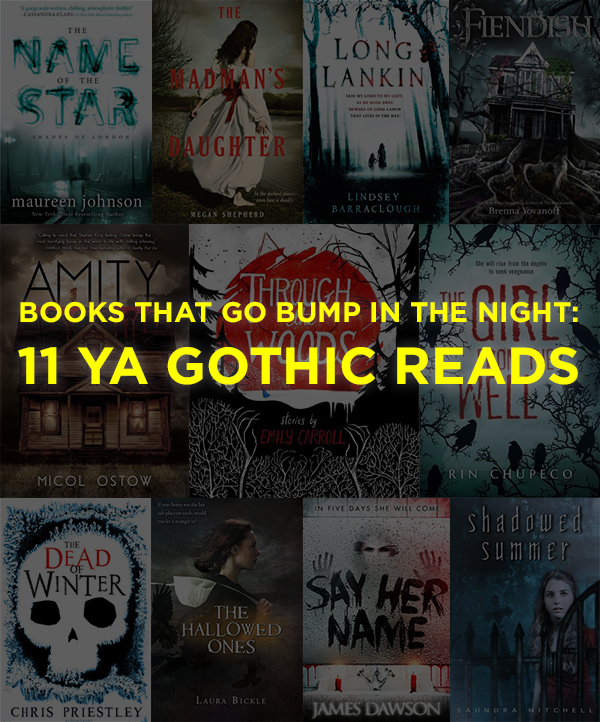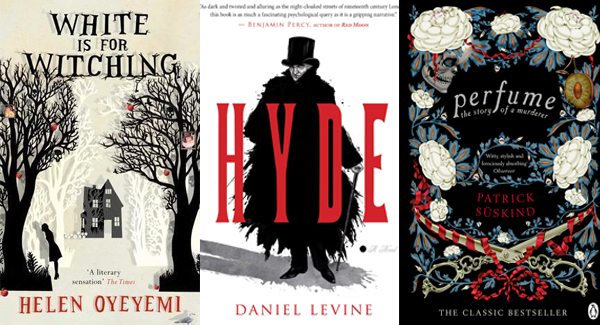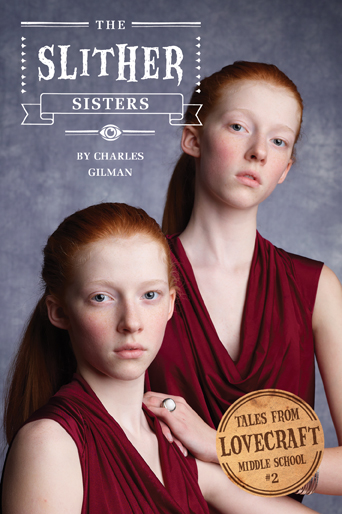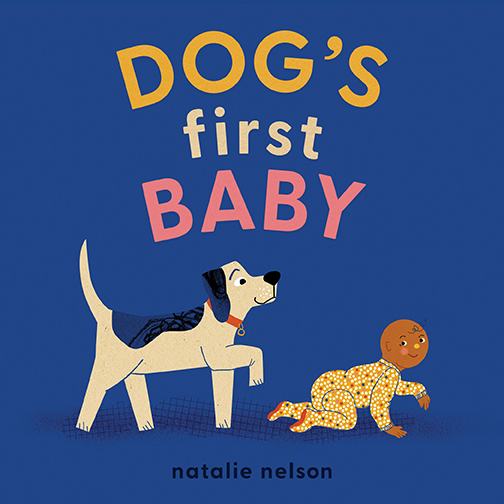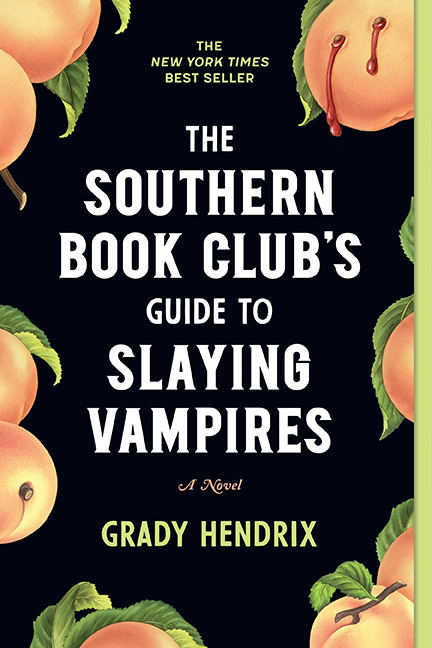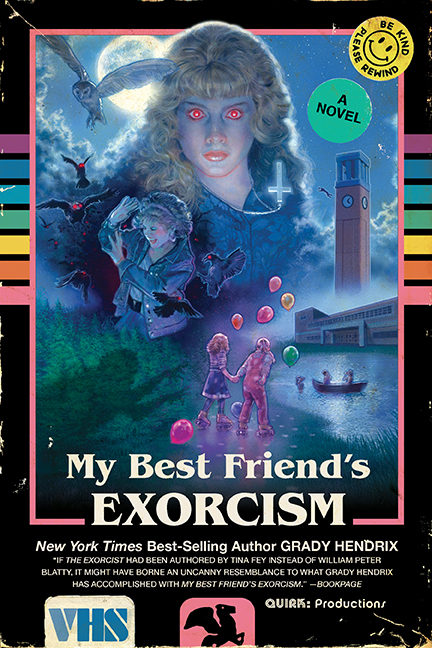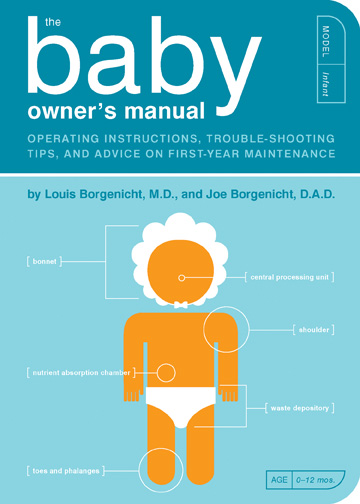Our Blog
Books That Go Bump in the Night: Creepy YA Gothic Reads
Posted by Laura Crockett
Fantasy Novels to Treat Your Game of Thrones Withdrawal





Posted by Margaret Dunham
Oh My Goth: A Roundup of Modern Day Gothic Literature
Recipe for traditional Gothic literature: take one part decay (of surroundings, society) and add a heaping dose of repression. Next? A few dashes of melodrama, a sprinkling (or, in some instances, a whole cup) of romance, and one fall from grace. Shake well, top with a floater of eeeevil, and imbibe on a Scottish moor.
But things have changed since the 18th century, when the first Gothic tropes reared their dramatic heads. The genre has evolved into a more psychological horror, with the atmosphere as much a character as the acting characters themselves, giving the reader the ability to indulge in the horror of the mind. What we conjure up when we’re alone in the dark is often far more terrifying than reality.
Ready to lose some sleep and question your sanity? Who isn’t, right? Cozy up in the study with a dwindling fire, a glass of port, and one of these modern Gothic novels.
White is for Witching, Helen Oyeyemi (2009/2014 reprint): “Please tell me a story about a girl who gets away.” With fairytale-esque shades of Shirley Jackson’s We Have Always Lived in the Castle and The Haunting of Hill House, a pair of twins gradually descends into varying forms of madness. Add one creepy house on the cliffs of Dover, an exotic disease, and a fractured, challenging narrative, and ta-da! Neu-Goth.
Perfume: The Story of a Murderer, Patrick Süskind (1985): Jean-Baptiste Grenouille is the most repulsive of protagonists. Born in the middle of London’s fish markets in 1738, hated by all who attempt to raise him, hunched and weasley, Grenouille has a vampiric need for scent. As in, he kills for it. Life is not kind to our Grenouille, but Grenouille is not kind to life. When he falls in love, we wonder if redemption is on the horizon. But alas – there’s only possession and obsession, the earmarks of gothic literature.
Hyde, Daniel Levine (2014): A re-working of Robert Lewis Stevenson’s Strange Case of Dr. Jekyll and Mr. Hyde, Levine’s Victorian London is a character as equally weighted as Edward Hyde/Henry Jekyll himself. The city easily hides (see what I did there?) man’s depravity, from the ditches of Soho to the Leicester Square manse where Jekyll resides. Props such as Hyde’s top hat are used to epic success. And by the end, you may be confused as to who, exactly, is supposed to be the bad guy.

Penpal, Dathan Auerbach (2012): A novel that first appeared as a series of interconnected stories on Reddit’s r/nosleep forum, Penpal starts with the sound of footsteps: “soft footsteps on a carpeted floor.” While carpet is a foreign concept to the traditional Victorian setting of a gothic novel, nightmares and the blurring of reality/fantasy is not, and Auerbach does that well. If you want to read the original stories, Creepypasta has serialized them here.
Night Film, Marisha Pessl (2013): Murder, suicide, asylums, Satanism, cults, overuse of italics – Night Film has it all. The tale of a reclusive, mysterious horror film director opens with his daughter’s death, and plunges a can’t-leave-well-enough-alone journalist into a dark underworld in search of answers. As in many gothic works, the most dominant characters – Stanislas Cordova and his daughter Ashley – barely make appearances, yet they drive the entire story.
Rustication, Charles Pallister (2013): Setting: a remote mansion in England, surrounded by marsh and mud. An opium-addicted son is unceremoniously sent home – or rusticated – from Cambridge after his father’s mysterious death to find his mother and sister acting peculiarly. Neither will speak of his father. His sister wants him gone immediately. And what about those late-night footsteps in the hallway? Seems eeeevil is afoot….
What’s your favorite modern Gothic novel?
Posted by Carrie Jo Tucker
Everything Is Terrifying at The Strand Bookstore
Posted by Eric Smith
Lovecraft Middle School: The Slither Sisters Available as Kindle eBook Deal!
If you still haven't read Tales from Lovecraft Middle School: The Slither Sisters after today's eBook deal, we really have nothing to say to you.
Thanks to today's Kindle Daily Deal, you can snag a copy for only $3.99! So why don't you slither over to Amazon and get yourself a copy?
See what I did there? Eh? Slither?
Posted by Basia Padlo
HORRORTOR: The Horrorstor Blog Tour, Plus Five Forgotten Horror Writers You Need to Discover
Greeting horror fans! The blog tour for Grady Hendrix's Horrorstor has begun! Launching yesterday with The Book Smugglers and running through the end of the month, you can find Grady on a number of websites celebrating the release of his awesome novel.
The tour continues today with this post from Grady, about horror novelists you need to discover.
Posted by Grady Hendrix
